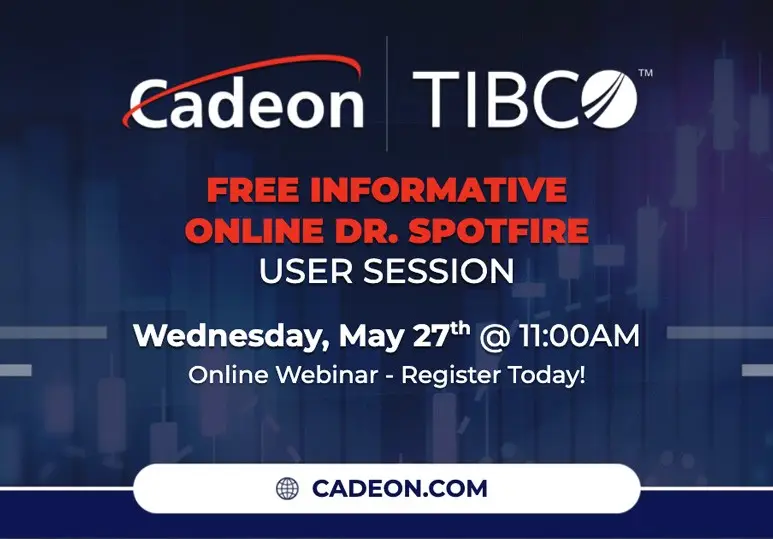Predictive analytics is changing the dynamics of how businesses work. It is transforming strategies from silo’d channel sources to integrated multi-channel and device sources.
This is an approach to data virtualization that can including attributes such as rapid analysis measurement occurring in hours or days as opposed to the traditional monthly gathering of data for reports, an emphasis on accessibility to business users (ease of use) and finally, a focus on prediction, rather than description or classification.
Overwhelmed? Don’t be. Getting started with advanced analytics doesn’t necessarily require a lot of resources. However, it does require ingenuity. Here are the first steps you need to take in order to make this organizational shift that will make you smarter, more efficient and stronger.
There are four key areas that businesses can slot into in terms how they use predictive analytics to turn data into valuable, actionable information:
Predictive Modelling
Large quantities of data are summarized to magnify value. The analysis of current and historical data on individuals can produce scoring metrics that rank-order individuals by likely future performance. E.g. response to a particular offer for services.
Decision Optimization
The modelling, analyzing and optimizing of decisions made by individuals and organizations focuses on understanding business challenges and delivering solutions.
Transaction Profiling
Creates transaction profile patterns with technology that aggregates data across volume based information and reduces the complexity of extracting the right insights. This enables predictions of risk within transaction streams.
Predictive Search
The process of uncovering data through supervised learning. Most relevant to firms building personalization models based on customer behaviours. E.g. acting as a personal valet to anticipate what you need before you ask for it.
There are three primary stages you need to consider to obtain organizational buy-in:
- Gather Knowledge – Focus on knowledge gathering and market observations.
- Develop Roadmap – Create your strategy roadmap based on business needs and challenges.
- Business Case Project – Pilot and implement one to two advanced analytics initiatives to validate value and needs.
How To Go About Piloting Big Data Initiatives To Validate Predictive Analytics?
1. Find the quick wins to make better predictions and decisions.
- Uncover what business problems you want to solve.
- Get specific and understand what outcome you want to predict to run business better and what decisions you want to improve.
- Reach out to key people in the organization to identify problems that need to be solved. E.g. Marketing team would want to predict customer purchase behaviours or Finance team would want to analyse and understand risky behaviour
2. Research and map out the kinds of decisions that need to be made.
- Operational decisions vs. Tactical decisions vs. Strategic decisions
- Find areas where you have a lot of data and where there is some complexity involved in the decision-making.
3. Get started with one or two projects to keep investment at a minimum.
- Outsource some of the resource requirements to prove value and then move to internal builds.
- Leverage internship projects to drive data exploration and find factors that drive value.
- Onboard the right tools – ones that will address the less technical user and make it easy to create insights.
- There are a number of key platforms that are continuing to evolve. Some good examples of players that do this are TIBCO, Tableau and SAS.
4. Maximize your existing evangelists of data-driven culture shifts. More people are rising to become data scientists within their own area of expertise.
- People who have an understanding of the data within their area and have some experience with statistics but very close to the data in terms of helping to drive the decisions necessary to support the business.
- Three core skill areas are needed to build these capabilities in a team effort to round out these skills:
- Business Skills – ask good questions, decision makers, know the constraints
- IT Skills – high-performance computing and data governance
- Data Science – data exploration, which analytics to choose
Having data is not valuable. Using data is. Analytical insights powered by data are changing customer expectations and corporate strategy. Use these insights to start turning your business into a predictive analytics culture.



